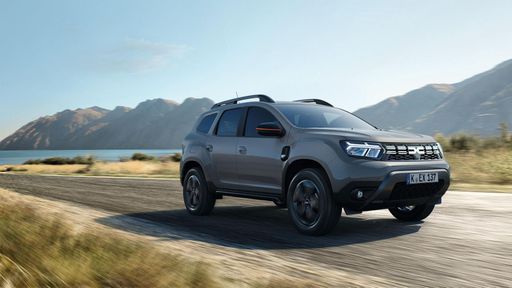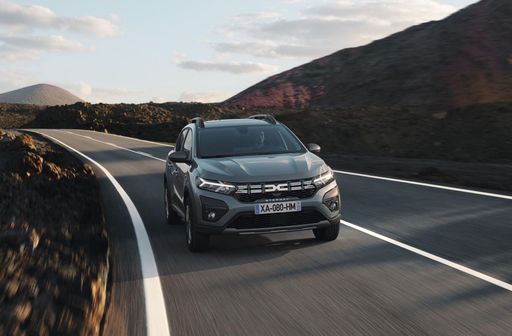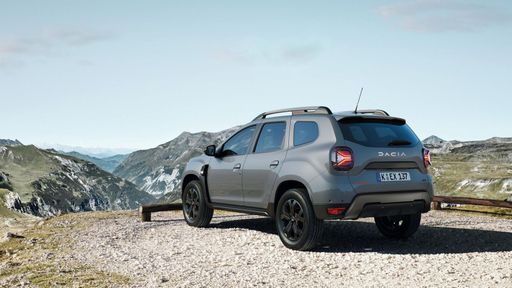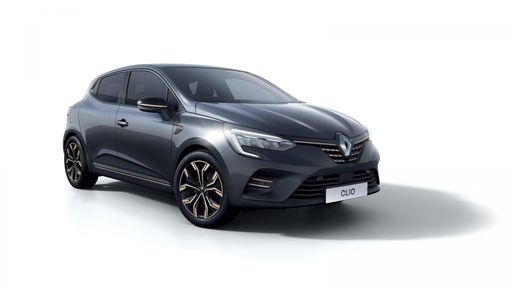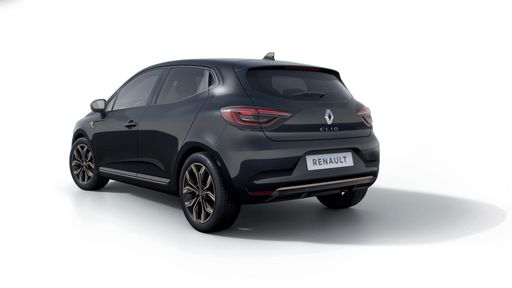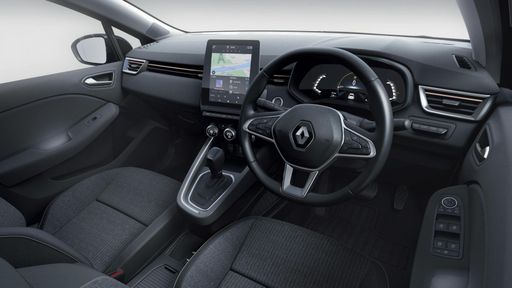Dacia Duster vs. Renault Clio: A Clash of Versatility and Urban Efficiency
As car enthusiasts continue to look for the best blend of performance, economy, and innovation, the competition between the Dacia Duster and Renault Clio heats up. Both vehicles have carved their niches in the automotive industry, yet they cater to different target audiences. This comparison looks into their core specifications and technological advancements to help potential buyers make an informed choice.

